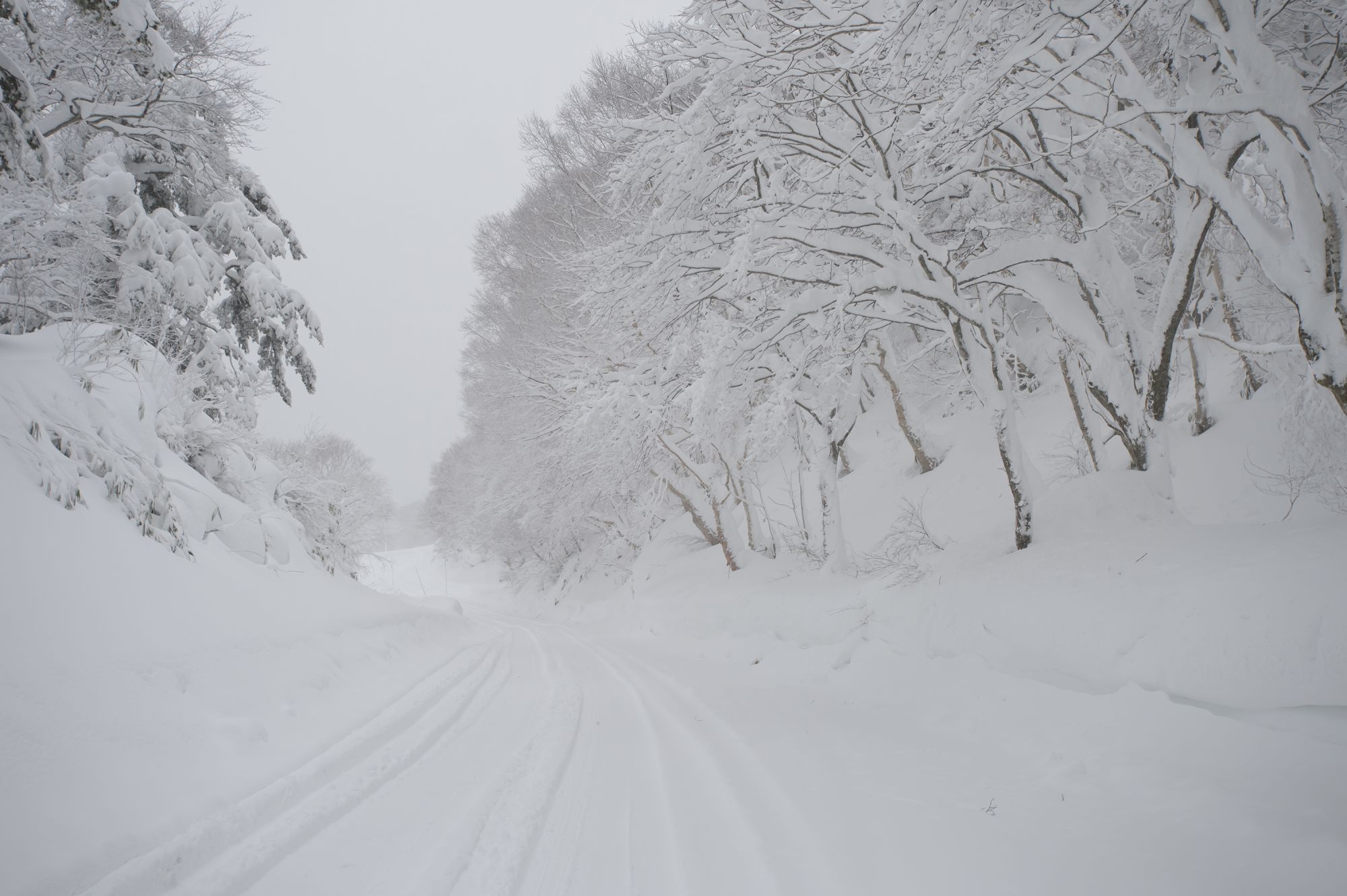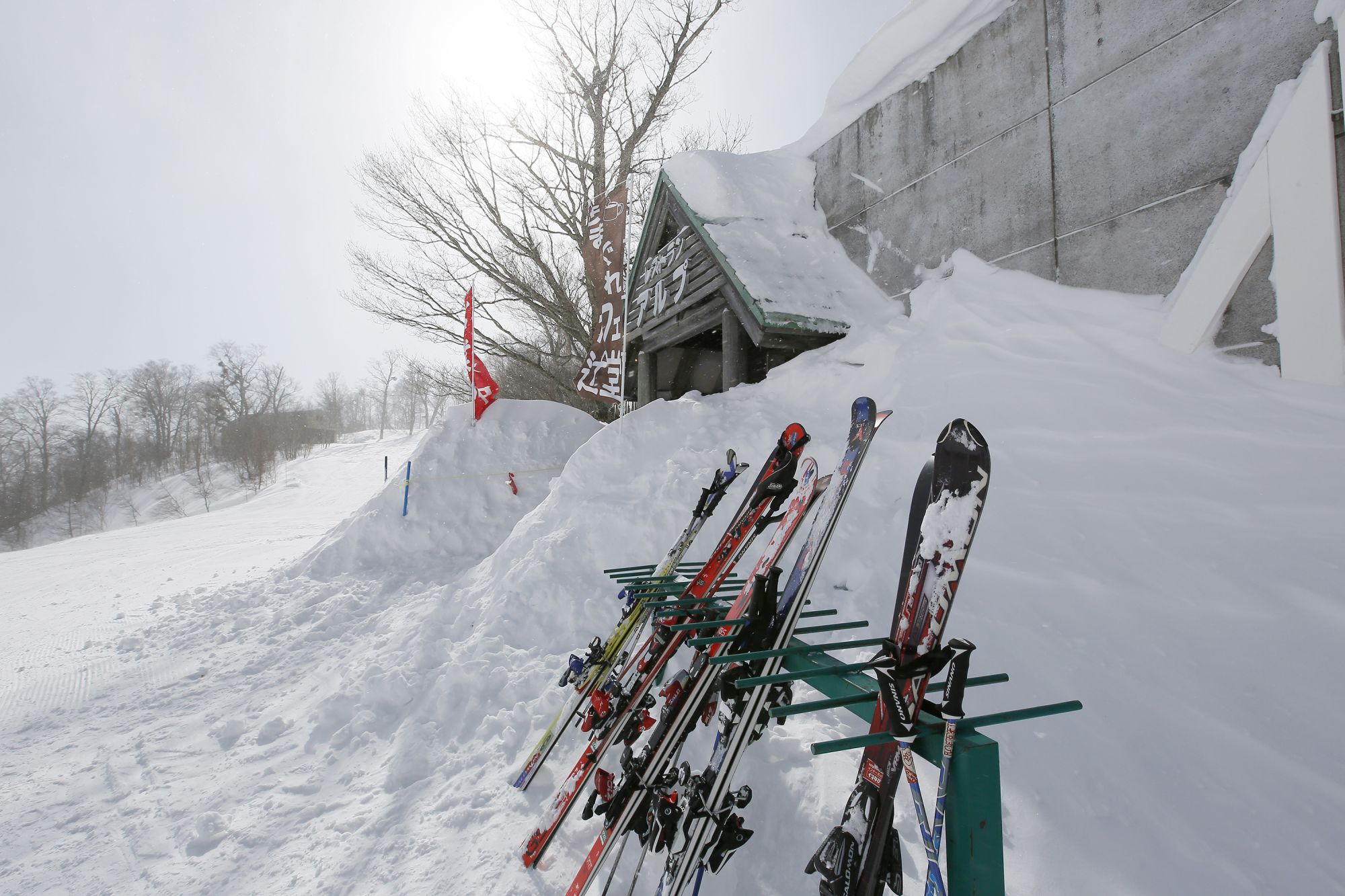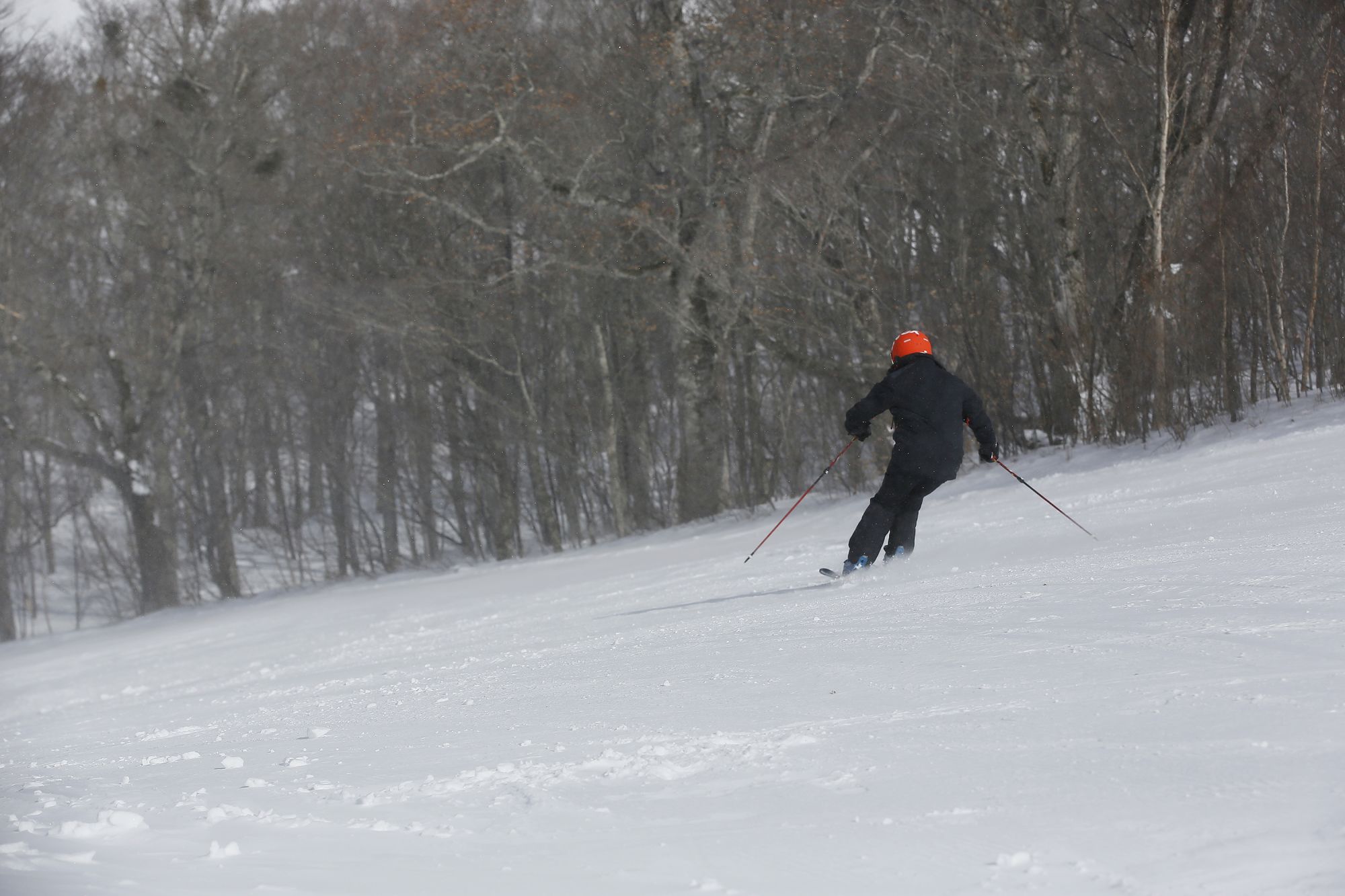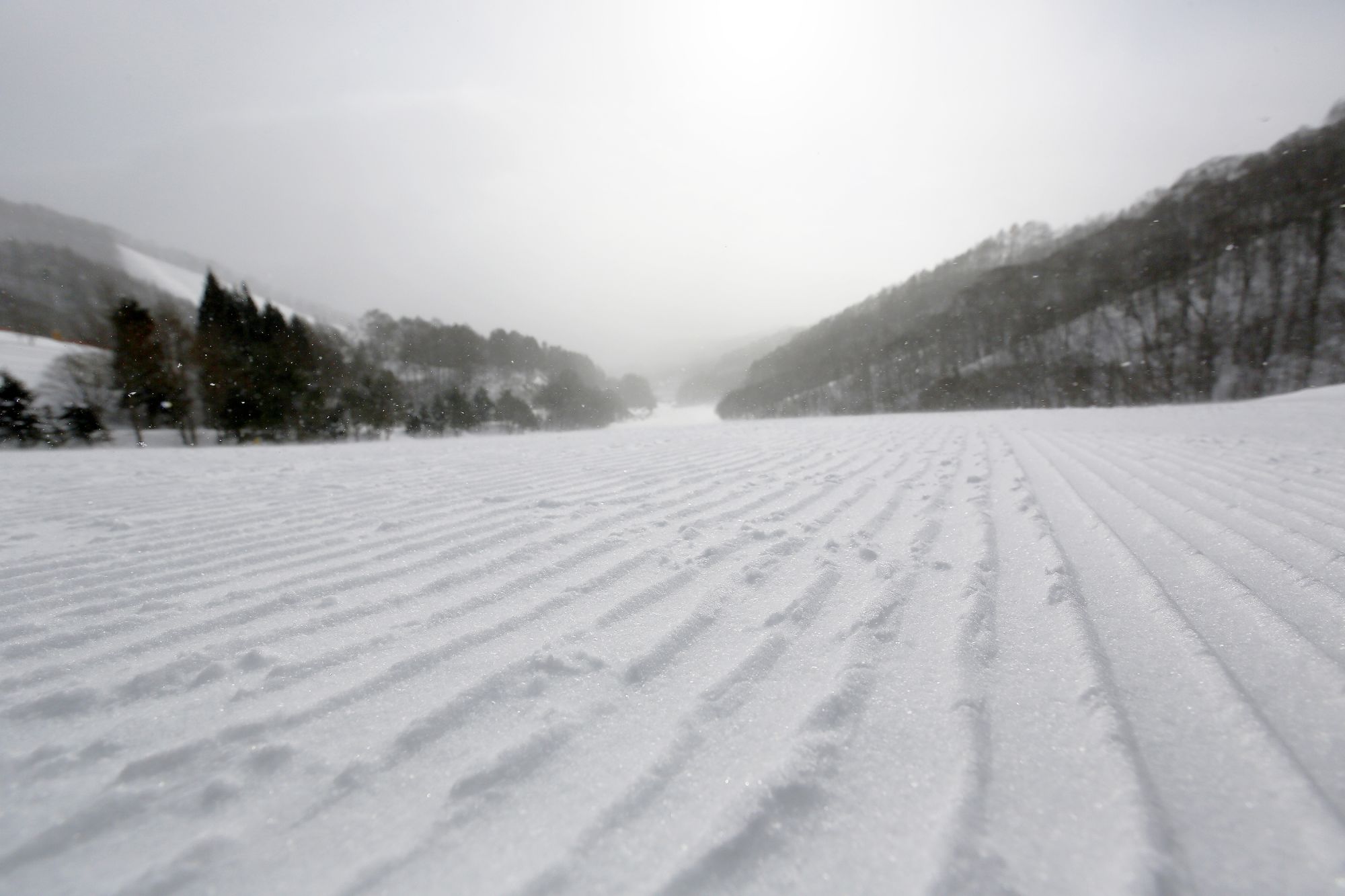Japan, a Paradise for Forest Skiing
With its high quality snow cover, the country lends itself to off-piste skiing and attracts sporting enthusiasts from all over the world.

© JNTO
Ever since the Winter Olympics were held in Sapporo in 1972 and Nagano in 1998, an increasing number of tree skiing enthusiasts from all over the world have flocked to the Japanese Alps. With mountain ranges that cover 72% of the country, snowfall between 7 and 15 metres and over 500 resorts, Japan transforms into an immaculate white paradis e in winter.
White gold on the pistes
Having long been prohibited because it was considered dangerous, off-piste skiing is now becoming more accessible. ‘Those in power are more concerned about protecting nature than skiers’ desires’, Yojiro Fukishima, director of the tourist office for the town of Hakuba, revealed to the daily newspaper Le Temps. To give an opportunity to get lost far from the groomed ski slopes, Japan offers free riders hundreds of descents through the forest, through birch and pine trees. The result is a complete change of scenery. ‘There’s a certain mystique around, for example, the sacred character of birch forests, which people say are inhabited by spirits, which partly explains why previous generations were reluctant to disturb them’, declared Nicolas Hale-Woods, director of the Freeride World Tour, to the magazine Géo.
Skiing conditions classed as among the best in the world, snowflakes that measure 6 centimetres in diameter, extraordinary snow cover… The success of this increasingly popular destination rests on the excellent quality of the snow. ‘In Europe, we sometimes have deep powder but never at that frequency or of that quality’, stated extreme sports photographer Jérémy Bernard to Géo. Nicknamed ‘Japow’ (from ‘Japan’ and ‘powder’), this white gold is the result of the fusion of the cold winds from Siberia and the warm waters of the Sea of Japan. Thanks to these climatic and geographical conditions, the snow has a low moisture content, which makes it a real delight for skiers.
More information can be found on the Japanese national tourism office website.

© JNTO

© JNTO

© JNTO
TRENDING
-
The Tattoos that Marked the Criminals of the Edo Period
Traditional tattoos were strong signifiers; murderers had head tattoos, while theft might result in an arm tattoo.

-
Chiharu Shiota, Red Threads of the Soul
Last year, more than 660,000 people visited the retrospective 'Chiharu Shiota: The Soul Trembles' exhibit at the Mori Art Museum.

-
‘Before Doubting Others, Doubt Yourself. Who Can Truly Say a Dish Isn’t What It Used to Be?’
In ‘A Non-Conformist’s Guide to Surviving Society’, author Satoshi Ogawa shares his strategies for navigating everyday life.

-
The Story of Sada Yacco, the Geisha who Bewitched Europe
Described by Dazed magazine as the first beauty influencer, she has been restored to her former glory since 2019.

-
Ito Jakuchu's Naturalist Paintings
From 15 September until 14 October 2018, the Petit Palais showcased the artist's iconic ‘Images of the Colourful Realm of Living Beings’.





